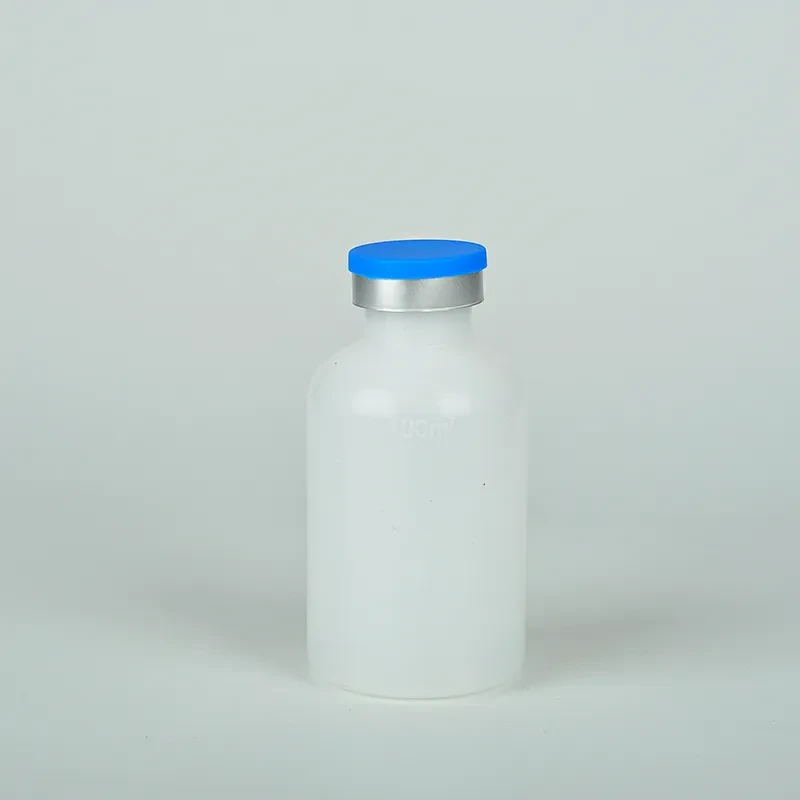
-
 Afrikaans
Afrikaans -
 Albanian
Albanian -
 Amharic
Amharic -
 Arabic
Arabic -
 Armenian
Armenian -
 Azerbaijani
Azerbaijani -
 Basque
Basque -
 Belarusian
Belarusian -
 Bengali
Bengali -
 Bosnian
Bosnian -
 Bulgarian
Bulgarian -
 Catalan
Catalan -
 Cebuano
Cebuano -
 Corsican
Corsican -
 Croatian
Croatian -
 Czech
Czech -
 Danish
Danish -
 Dutch
Dutch -
 English
English -
 Esperanto
Esperanto -
 Estonian
Estonian -
 Finnish
Finnish -
 French
French -
 Frisian
Frisian -
 Galician
Galician -
 Georgian
Georgian -
 German
German -
 Greek
Greek -
 Gujarati
Gujarati -
 Haitian Creole
Haitian Creole -
 hausa
hausa -
 hawaiian
hawaiian -
 Hebrew
Hebrew -
 Hindi
Hindi -
 Miao
Miao -
 Hungarian
Hungarian -
 Icelandic
Icelandic -
 igbo
igbo -
 Indonesian
Indonesian -
 irish
irish -
 Italian
Italian -
 Japanese
Japanese -
 Javanese
Javanese -
 Kannada
Kannada -
 kazakh
kazakh -
 Khmer
Khmer -
 Rwandese
Rwandese -
 Korean
Korean -
 Kurdish
Kurdish -
 Kyrgyz
Kyrgyz -
 Lao
Lao -
 Latin
Latin -
 Latvian
Latvian -
 Lithuanian
Lithuanian -
 Luxembourgish
Luxembourgish -
 Macedonian
Macedonian -
 Malgashi
Malgashi -
 Malay
Malay -
 Malayalam
Malayalam -
 Maltese
Maltese -
 Maori
Maori -
 Marathi
Marathi -
 Mongolian
Mongolian -
 Myanmar
Myanmar -
 Nepali
Nepali -
 Norwegian
Norwegian -
 Norwegian
Norwegian -
 Occitan
Occitan -
 Pashto
Pashto -
 Persian
Persian -
 Polish
Polish -
 Portuguese
Portuguese -
 Punjabi
Punjabi -
 Romanian
Romanian -
 Russian
Russian -
 Samoan
Samoan -
 Scottish Gaelic
Scottish Gaelic -
 Serbian
Serbian -
 Sesotho
Sesotho -
 Shona
Shona -
 Sindhi
Sindhi -
 Sinhala
Sinhala -
 Slovak
Slovak -
 Slovenian
Slovenian -
 Somali
Somali -
 Spanish
Spanish -
 Sundanese
Sundanese -
 Swahili
Swahili -
 Swedish
Swedish -
 Tagalog
Tagalog -
 Tajik
Tajik -
 Tamil
Tamil -
 Tatar
Tatar -
 Telugu
Telugu -
 Thai
Thai -
 Turkish
Turkish -
 Turkmen
Turkmen -
 Ukrainian
Ukrainian -
 Urdu
Urdu -
 Uighur
Uighur -
 Uzbek
Uzbek -
 Vietnamese
Vietnamese -
 Welsh
Welsh -
 Bantu
Bantu -
 Yiddish
Yiddish -
 Yoruba
Yoruba -
 Zulu
Zulu
reagent bottle in chemistry
Understanding the Role of Reagent Bottles in Chemistry
Reagent bottles, often referred to as chemical reagent containers, play a crucial role in the field of chemistry. These specialized glass or plastic bottles are designed to store various chemicals used in laboratory experiments, ensuring their stability, safety, and ease of use. Understanding the purposes, types, and proper handling of reagent bottles is essential for any chemist or laboratory technician.
Purpose of Reagent Bottles
The primary function of reagent bottles is to securely contain chemicals that may be reactive, volatile, or sensitive to environmental factors. Proper storage is fundamental in preventing contamination, deterioration, or accidents that could arise from improper handling of chemical substances. Reagent bottles come with secure caps and sealing mechanisms to minimize exposure to air and moisture, which can trigger undesirable reactions.
Additionally, reagent bottles are often labeled clearly, indicating the contents, concentration, and hazard information. This labeling is essential for maintaining safety protocols in labs, allowing users to quickly identify the chemicals they are working with, thus reducing the risk of mishaps.
Types of Reagent Bottles
Reagent bottles are available in various forms, each tailored for specific types of chemicals. Common types include
1. Amber Glass Bottles These are used primarily for light-sensitive substances. The amber hue protects contents from UV light exposure, which can degrade certain compounds.
2. Clear Glass Bottles Best for chemicals that are not sensitive to light, clear glass allows for easy visibility of the contents.
reagent bottle in chemistry

3. Plastic Bottles Often made from materials like high-density polyethylene (HDPE) or polypropylene, plastic bottles are lighter and less fragile than glass but may not offer the same level of chemical resistance.
4. Droppers and Dispensing Bottles These are equipped with special caps or nozzles that allow for controlled dispensing of small quantities of liquid, making them ideal for reagents that require precise measurements.
5. Screw-capped and Safety Bottles Designed with safety in mind, these bottles prevent leakage and minimize the risk of spills, especially crucial in settings dealing with hazardous materials.
Proper Handling and Safety
Understanding how to properly handle reagent bottles is vital for lab safety. Always ensure that bottles are securely capped when not in use to prevent fumes or spills. Moreover, it is advisable to store reagents according to their specific requirements—some require refrigeration, while others are best kept at room temperature, away from direct sunlight.
When retrieving a chemical from a reagent bottle, it is essential to use clean, dry utensils to prevent contamination. Additionally, always refer to Material Safety Data Sheets (MSDS) for information regarding the safe handling and storage of specific chemical reagents.
Conclusion
Reagent bottles are indispensable tools in the field of chemistry, ensuring the safe storage and handling of a vast array of chemicals. By understanding the different types of reagent bottles available and adhering to safety protocols, chemists can ensure a more efficient and secure laboratory environment. As research and experimentation continue to advance, the design and function of reagent bottles will likely evolve, reinforcing their importance in the chemical landscape.
-
PTFE Centrifuge Tubes - Chemical Resistant, Leak-proof, Ideal for Laboratory UseNewsJul.05,2025
-
Premium Metal Dropper Bottle for Precise Dispensing 250ml & 1ml Options AvailableNewsJul.04,2025
-
20 ml Headspace Vials - High Quality Polyethylene & Plastic Vials for Lab UseNewsJul.04,2025
-
Small Bottle with Pipette - Precise Dispensing 100ml Pipette Bottles for Essential Oils & Lab UseNewsJun.24,2025
-
Acetic Anhydride Bottle for Accurate Dropper Measurement in Pharmacy Use High-Quality Dropper BottlesNewsJun.10,2025
-
Innovative PET Bottle Design for Juice – Unique Shapes & Customization OptionsNewsJun.10,2025






















